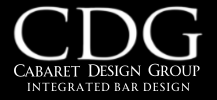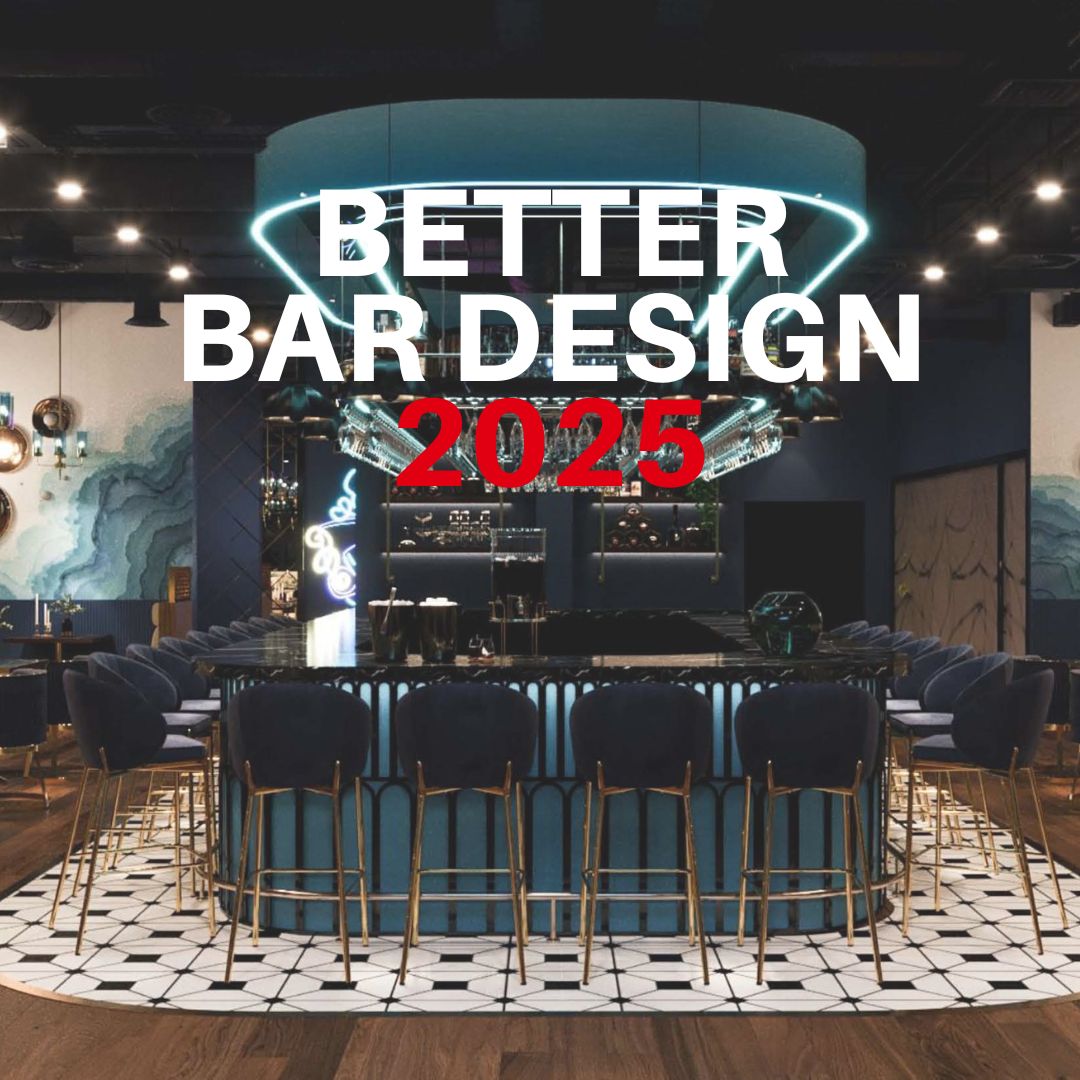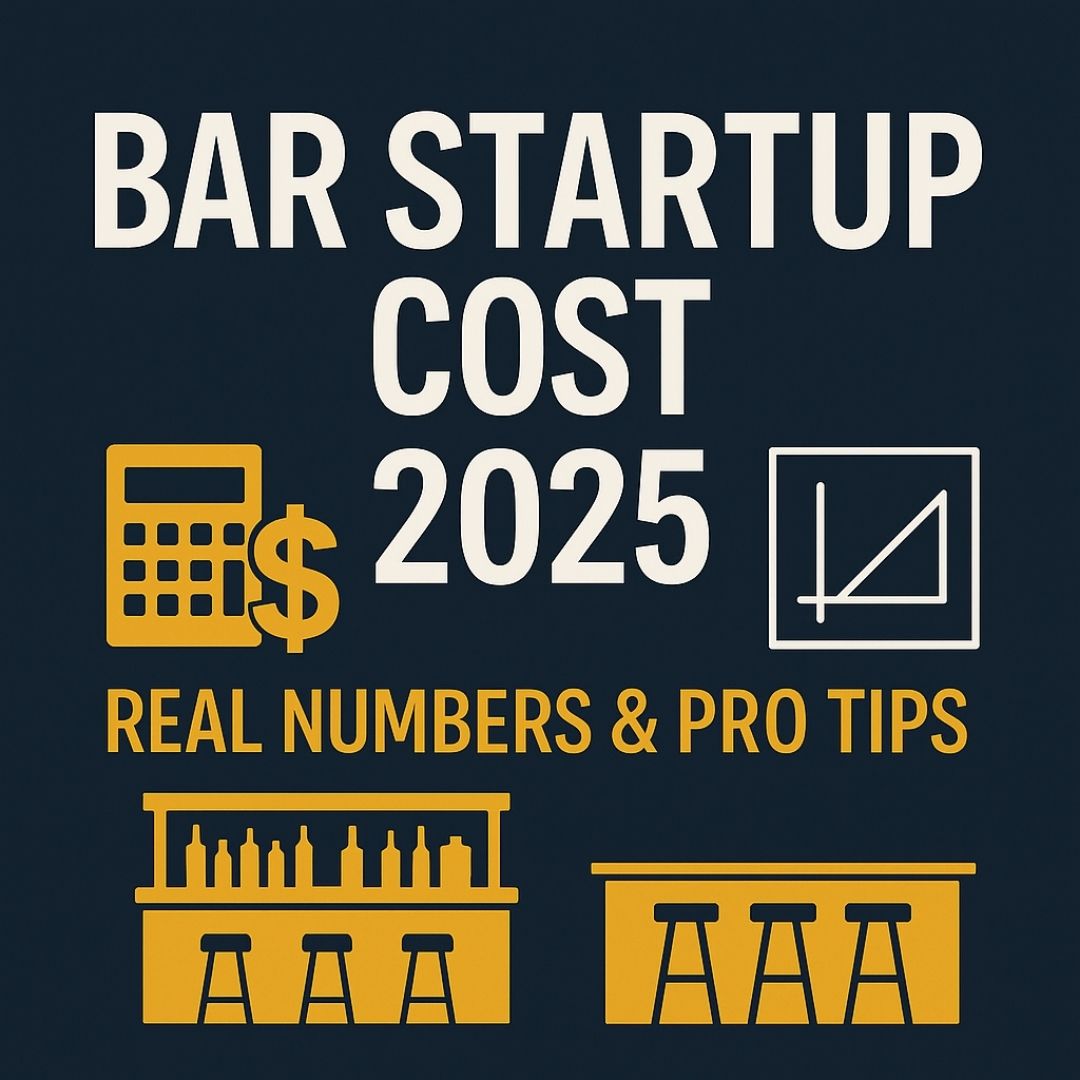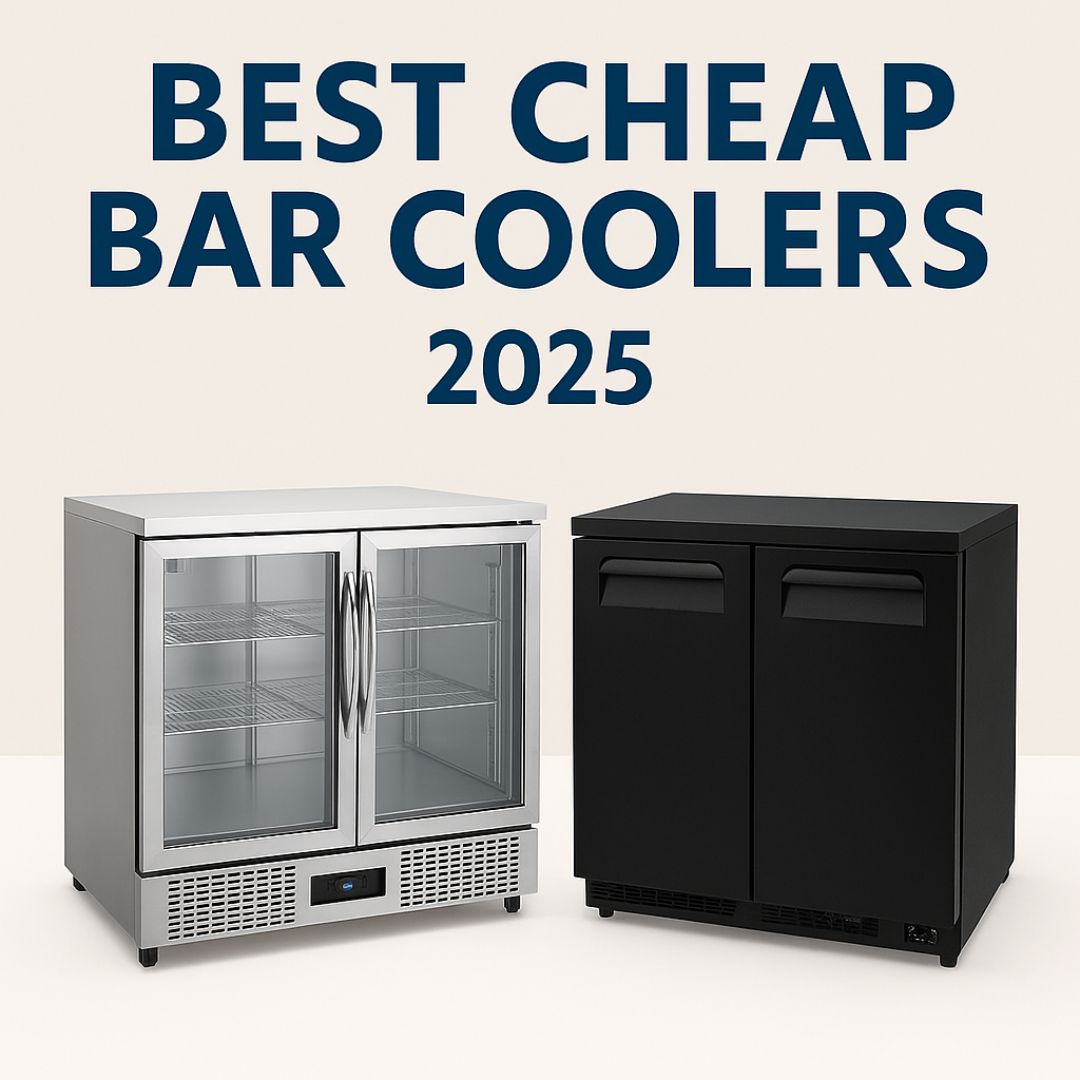Watch: How to design and build a better bar — essential layout principles, ergonomic insights, and modern bar design strategies.
BAR DESIGN IDEAS – HOW TO DESIGN AND BUILD A BETTER DIY BAR
How do you design and build a better DIY bar? A proper equipment layout and efficiently-designed bartender cocktail stations can turn a bar into a cash cow. Many bars only need one bartender during slow periods but two or more during peak periods. How are bars designed to meet these demands?
STUCK ON YOUR BAR DESIGN? CALL US NOW…
HOW WORKSTATIONS INNOVATED THE ASSEMBLY LINE
Bars need to be designed to meet all operating conditions. The key is rooted in the concepts of workstations and assembly lines. The core principles utilized for the mass production of automobiles, innovated in 1913 by Henry Ford, are the same. His straight-line assembly line reduced the manufacturing time of a single car from 12 hours to 2.5 hours! In a traditional assembly line (refer to the sketch below), raw materials enter one end, sequentially pass through each workstation and leave as finished goods at the other end. Workers are assigned to one or more workstations. Each workstation contains the equipment and machinery necessary to complete a given task.
YOUR BRAND BELONGS HERE
Advertise in Bar Design with Cabaret Design Group. We partner with only a handful of select brands whose products align with serious bar design decision-makers.
Advertise with us →HOW TO APPLY THE ASSEMBLY LINE CONCEPT TO COMMERCIAL BAR DESIGN
Assembly lines maximize labor efficiency in factories. The same principles apply to commercial bars. At Cabaret Design Group, we implement the workstation concept into commercial bar design everyday. In bar design we refer to workstations as bartender stations, and the drink orders each bartender produces become one of many “completed assemblies” within each respective station. Bartender stations are designed with the proper equipment to produce completed drink orders. Depicted in this drawing is a 3-station bar.
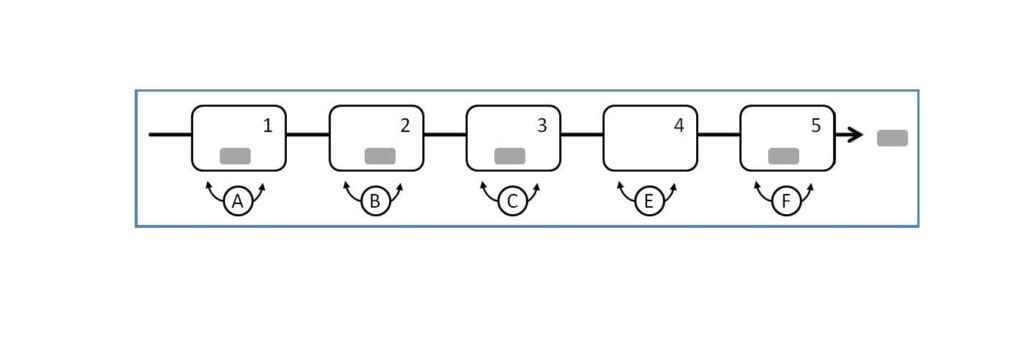
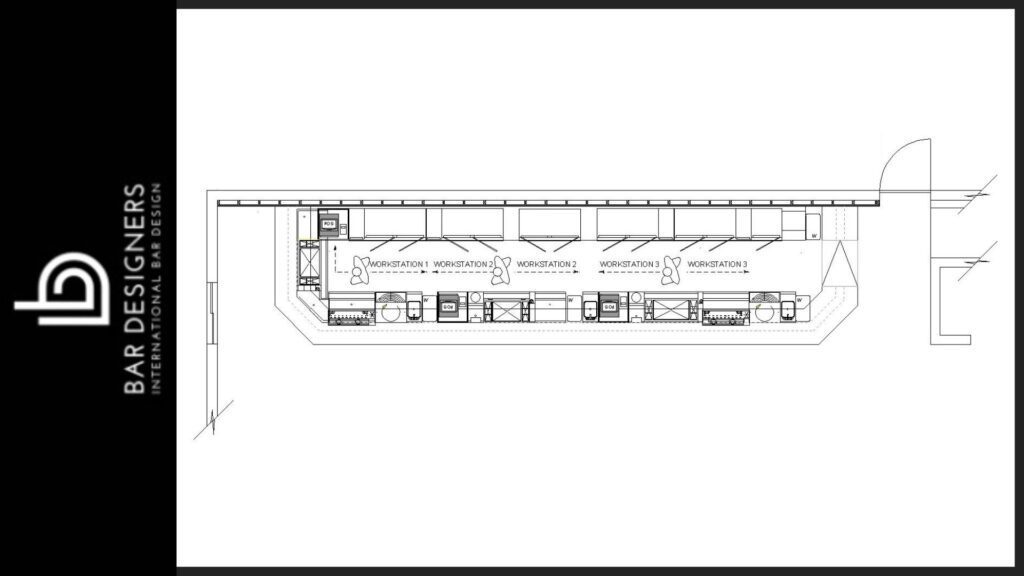
YOUR BRAND BELONGS HERE
Advertise in Bar Design with Cabaret Design Group. We partner with only a handful of select brands whose products align with serious bar design decision-makers.
Advertise with us →OPTIMAL BARTENDER STATIONS
To design and build a better bar, make sure to pay attention to optimize your bartender stations:
- Limit bartender movements between zero – two (2) steps in any direction.
- Bartenders should not cross each other’s paths.
- Stations should be 8’ (2,44m) or less (10′ (3,05m) or less with forward-facing POS station).
- The bartender’s movements should be primarily from side-to-side.
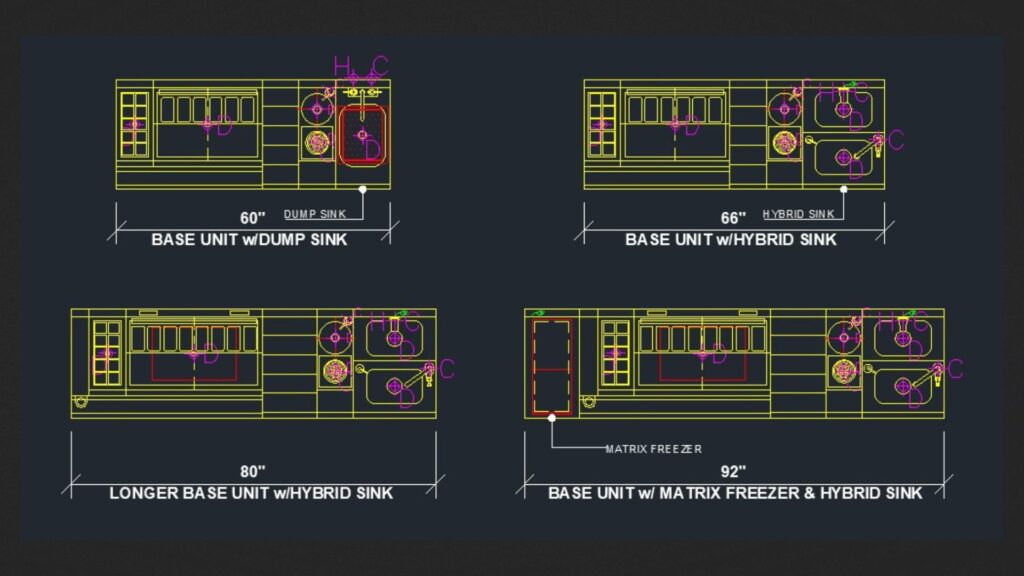
BAR EQUIPMENT FOR AN EFFICIENT BARTENDER STATION
To achieve maximum work efficiency, each station must have:
- All of the equipment necessary to create a small bar.
- Efficiently-designed back bar with access to all beer, wine and top-shelf liquor.
The Dream vs. the Price Tag Opening a bar is one of the great lifestyle dreams: a place where friends gather, the drinks are flowing, and the energy is electric. But behind every polished marble countertop and glowing back bar lies a hard reality — also known as the bar startup costs. Too many …
Why Bar Coolers Can Make or Break Your Budget When I presented one of my clients with a premium Krowne bar equipment quote, his face turned pale. He feared his entire project was doomed. And I understood why — the bar coolers alone represented 41% of his equipment costs. That’s the silent budget killer …
TIPS FOR OPERATING AN EFFICIENT BAR
Busy bars utilize barbacks to maximize bartender efficiency, by completing:
- Keep the ice bins filled.
- Maintain the glassware levels at each station.
- Maintain the bar stock levels of beer, wine and liquor.
- Service the bar trash receptacles.
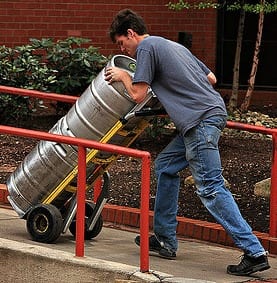
HOW TO DESIGN A BARTENDER STATION
Bartender equipment requirements vary, depending on the percentage of beer, wine and liquor a given venue sells. Pizza restaurants typically sell 60% beer, 20% wine and 20% alcohol. The equipment requirements differ from steak houses, which sell a much higher percentage of liquor and wine. Fine dining restaurants and sports bars have their own unique offerings, based on their business model. For these reasons, the bar equipment needs in each type of venue will vary. From an earlier post, bartender stations often include:
- Waste receptacle
- Dump sink
- Drainboard
- Soda gun
- Single speed rail
- Ice bin
- Underbar liquor steps
- POS terminal
Shared items includes 3-bin sinks, glass washers, blender stations and hand sinks.
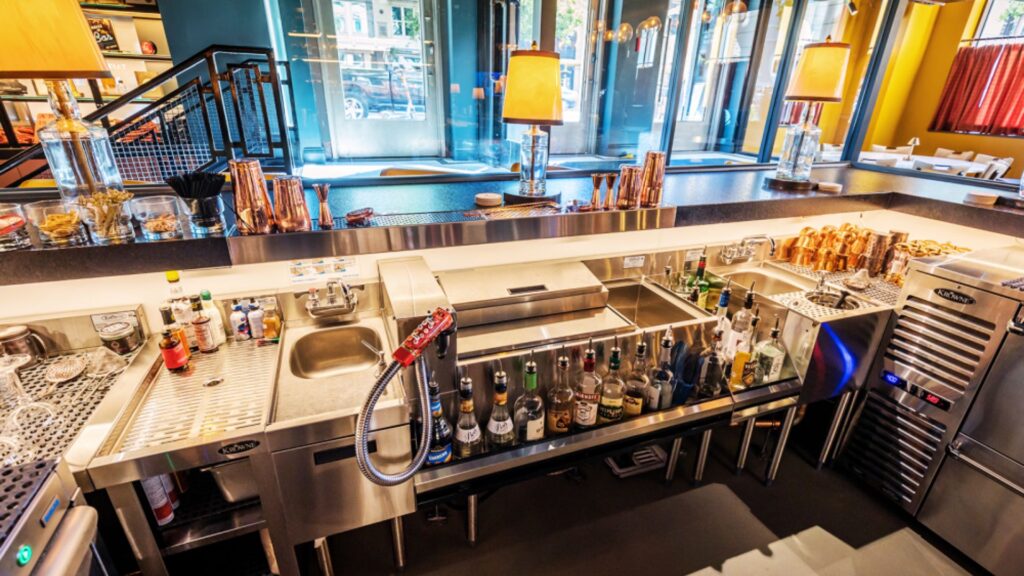
HOW TO DESIGN AND BUILD A BETTER MULTI-STATION BAR
In multi-station bars,
- Position glass washers and 3-bin sinks at the beginning of the equipment layout.
- Back bar coolers, slide-top coolers and hand sinks should be shared.
- Bars that sell a high level of draft beer need to have quick access to draft beer towers at each workstation.
- Strategically place shared equipment for equal access to each bartender. A 2-station bar includes two nearly identical stations; place Top-Shelf liquor at the center of the back bar.
- The quantity of coolers depends on the volume of bottled beer and wine sold.
- Automatic washers are capable of handling two-to-three stations.
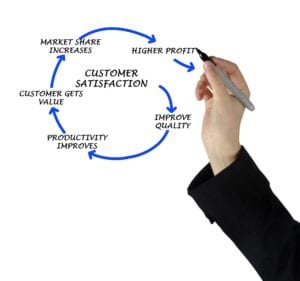
EFFICIENT BARS DON’T NEED TO BE TOO LONG
Don’t shoot yourself in the foot with a long bar and one or two bartenders who will wear themselves out trying to keep your customers happy.
To design and build a better bar, efficiently-designed bartender stations equate to better-run bars and happier customers, which will maximize your profits and turn your bar into a cash cow!
BAR DESIGN TIP:
Automatic glass washers far exceed the output of three 3-bin sinks. They save valuable finished bar space, a TON of labor and much cleaner and safer drinks.
Need Help Planning Your restaurant and bar?
RELATED POSTS
GLASS WASHERS FOR BARS: BEST EQUIPMENT & MAINTENANCE
KEGERATOR DRAFT BEER SYSTEMS FOR HOTELS & RESTAURANTS
Custom Ice Balls with the Cirrus Press Cocktail Ice Machine
BEST LIGHTING PRODUCTS FOR BAR DESIGN
Bar Top Ideas – Sensitile Terrazzo for Unique Commercial Bar Design
WILSONART LAMINATES & QUARTZ FOR TONY ROMAS BAR DESIGN
Most Popular Articles
L SHAPED BAR DESIGN – WHAT YOU NEED TO KNOW
ERGONOMIC EFFICIENT BAR DESIGN INCREASES PROFITS
THE STANDARD BAR LAYOUT DIMENSIONS FOR DIY
HOW MUCH DO DRAFT BEER SYSTEMS COST?
WHAT IT COSTS TO BUILD A COMMERCIAL BAR
BAR EQUIPMENT COST TO BUILD A COMMERCIAL BAR
BAR DESIGN IDEAS – HOW TO DESIGN COMMERCIAL BARS FOR ADA
